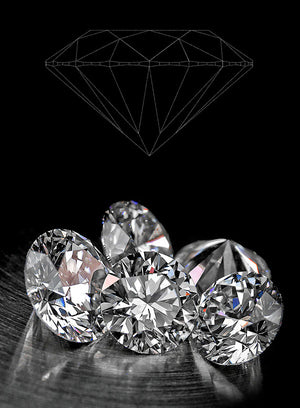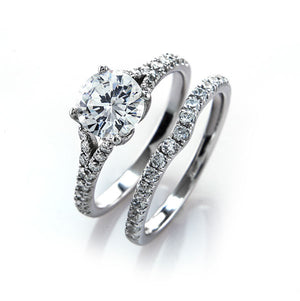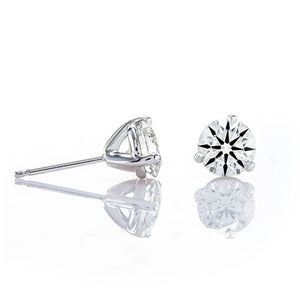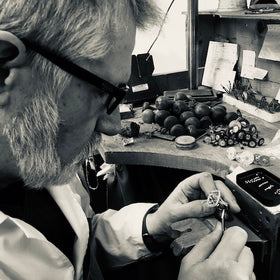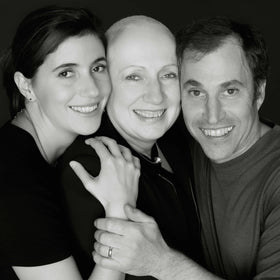
Describing the Light Return of a Diamond
I’ve received several email inquiries over the past few months asking about the difference between terms like brilliance, brightness, fire, and dispersion, and thought that it was time to write a blog post which explains the meaning of these gemological terms, and how these factors affect our perception of beauty in a diamond.
The term Brightness is used to describe the overall volume of light return which is created by a combination of the proportions of the diamond, and the degree of optical symmetry that the diamond has been cut to.
Brilliance is generally used to describe the amount of white sparkle which is created by the reflection of light off of the facets of the diamond, however it is also used to describe how bright we perceive the diamond to be… hence the confusion which people experience when talking about how bright or brilliant a diamond appears.
Now Dispersion and “Fire” are actually the same thing… both terms are used to describe the flashes of colored light which are created by the facets of a diamond. The term “fire” originates from a time when our homes and offices were lit by candlelight or firelight, and diamonds were cut with steeper crown angles which were necessary to disperse the white light which reflected from the diamond into the spectral colors which we find so appealing in a diamond.
Another important factor of diamond visual performance is Scintillation, which is the term used to describe the flashes of light which are created while the diamond is in movement, as the light which strikes the diamond is reflected off of the facets which are in motion…
Optimizing a Diamond for Light Return:
As a fifth generation diamond cutter, Brian Gavin knows the importance of optimizing the proportions of a diamond to reflect the highest volume of light possible, this is a critical factor for creating diamonds which are visibly brighter than diamonds cut to less desirable proportions.
Thus all of the diamonds featured in the Brian Gavin Signature and Brian Gavin Blue collections, are cut to the center range of the spectrum allocated for the zero ideal cut proportions rating as defined by the American Gem Society Laboratory (AGSL). This center range of proportions is well recognized throughout the diamond industry as being the “sweet spot” in terms of producing diamonds which exhibit exceptional light return!
In addition to ensuring that all of his diamonds exhibit the highest volume of light return, Brian Gavin also insists that the optical symmetry of the diamonds which he produces exceeds industry standards, and goes beyond the criteria required to obtain an overall cut grade of AGS Ideal-0 or GIA Excellent, by maintaining exceptional symmetry of facet shape and alignment, which results in diamonds which exhibit broader flashes of light, and more brilliance, dispersion, and scintillation, than diamonds which are merely cut to ideal proportions.
Thus whether you select a diamond from the Brian Gavin Signature or Brian Gavin Blue collection of diamonds which exhibit blue fluorescence, you are guaranteed a diamond which is going to be incredibly bright, which will display a spectral light show of brilliance, dispersion, and scintillation.





